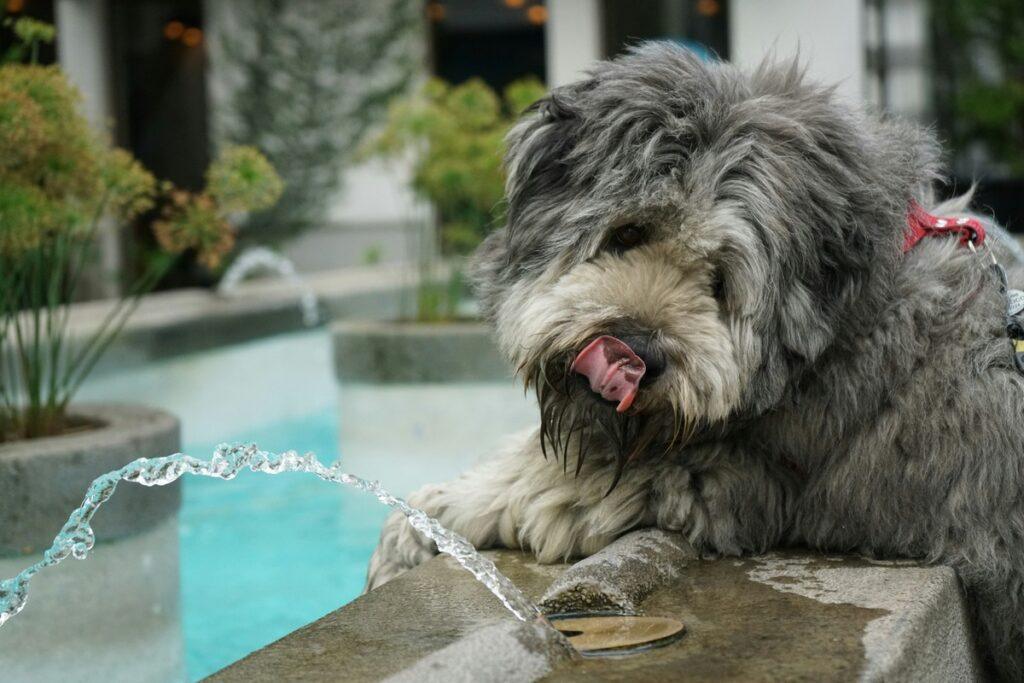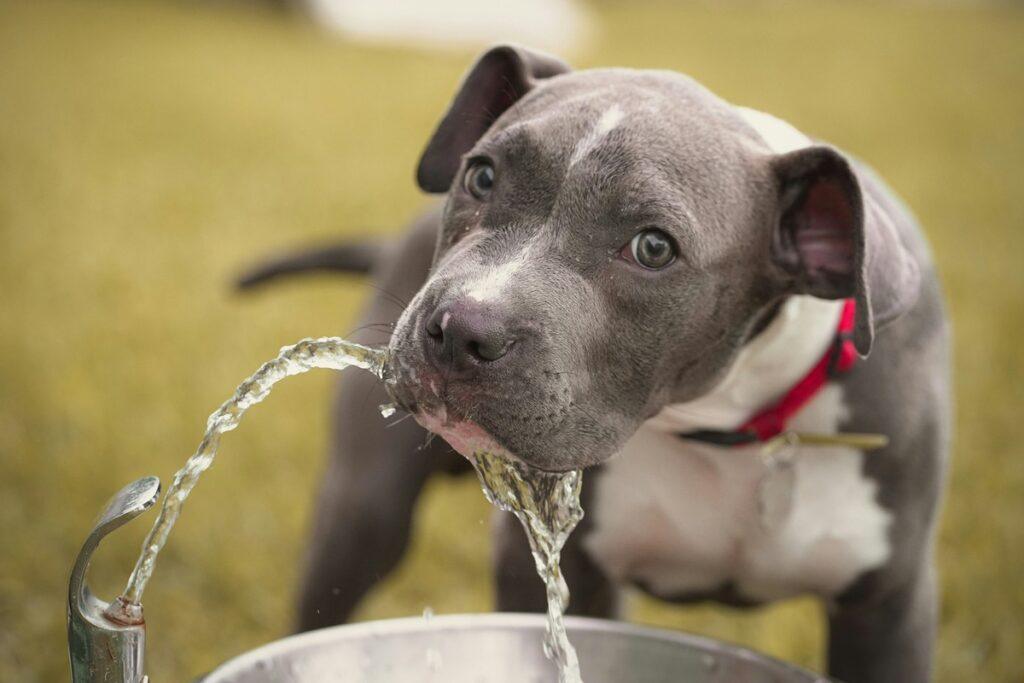Signs of Dog Dehydration
Recognizing the early signs of dog dehydration is critical to protecting your pet’s health—especially during the hot summer months or after intense activity. Dehydration in dogs can lead to serious health issues, and quick action can make a huge difference. This guide will help you identify, prevent, and treat dehydration in dogs, so your pup stays safe and hydrated year-round.
Table of Contents
- What Is Dog Dehydration?
- Common Signs of Dog Dehydration
- What Causes Dog Dehydration?
- How to Test for Dehydration in Dogs
- How to Treat Dog Dehydration
- Tips to Prevent Dog Dehydration
- When to See a Vet
- FAQ
What Is Dog Dehydration?
Dog dehydration occurs when your dog loses more fluids than it takes in. This can affect vital bodily functions such as temperature regulation, digestion, and organ function. Without adequate hydration, your dog’s health can quickly deteriorate. Puppies and senior dogs are especially vulnerable to the effects of dehydration, so extra care should be taken with these age groups.
Common Signs of Dog Dehydration
The signs of dog dehydration aren’t always obvious at first. Here’s what you should watch for:
- Dry or sticky gums
- Thick saliva
- Lethargy and low energy levels
- Loss of skin elasticity (do the skin pinch test)
- Dry nose
- Sunken eyes
- Loss of appetite
- Dark yellow or very concentrated urine
If you notice any of these signs, it’s time to act fast. Dehydration can worsen quickly, and early intervention is crucial.
What Causes Dog Dehydration?
Dehydration in dogs can be caused by several factors, including:
- Excessive heat or hot weather
- Heavy exercise or prolonged play without access to water
- Vomiting or diarrhea
- Fever or infections
- Chronic illnesses like diabetes or kidney disease
- Unfamiliar environments (like travel or boarding)
How to Test for Dehydration in Dogs
There are a few simple tests to check if your dog is dehydrated:
- Skin Elasticity Test: Gently pinch the skin at the back of the dog’s neck. If it doesn’t spring back quickly, it could indicate dehydration.
- Capillary Refill Test: Press your finger against the dog’s gum until it turns white. Release and observe how fast the color returns. More than two seconds may signal dehydration.
- Check Gums and Nose: Dry gums and nose are common dehydration signs.
How to Treat Dog Dehydration
For mild cases, offer small amounts of fresh, clean water and allow your dog to rest. You can also provide dog-safe electrolyte solutions. Avoid forcing your dog to drink too much at once. Severe dehydration requires immediate veterinary attention. A vet may administer intravenous fluids or run diagnostic tests to find the underlying cause.
Read more on how to improve your dog’s gut health or address related issues like natural dog skin remedies.
Tips to Prevent Dog Dehydration
- Always provide access to clean, fresh water indoors and outdoors
- Bring portable dog bowls or dog travel water bottles when hiking or traveling
- Keep dogs out of hot environments and provide shade
- Add water to kibble or offer wet dog food for extra hydration
- Offer ice cubes or frozen treats on hot days

When to See a Vet
If your dog is lethargic, vomiting, refusing water, or shows signs of collapse, contact your vet immediately. Dehydration can rapidly worsen and lead to organ failure or death. Err on the side of caution.
FAQ
How much water should my dog drink daily?
Most dogs need about 1 ounce of water per pound of body weight per day.
Can dehydration be treated at home?
Mild dehydration can be managed at home with fresh water and rest, but serious symptoms should always be evaluated by a vet.
Is dehydration more common in certain breeds?
Brachycephalic breeds like Bulldogs and Pugs are more prone to heat stress and dehydration due to their short snouts.
For additional veterinary insight, check out the PetMD guide to dog dehydration.



